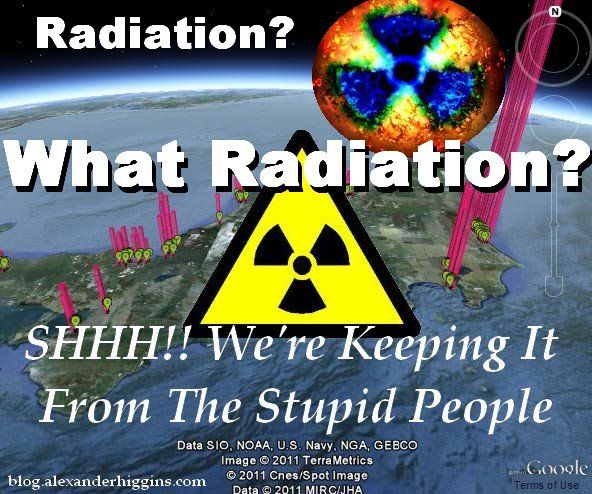Conclusions
This
paper reports radionuclide analyses of the 287 surface soil,
dust and sediment samples, collected to test whether significant,
off-site dispersal of
radionuclides has occurred from the West Lake
Landfill site in Bridgeton, MO.
A radionuclide (radioactive nuclide, radioisotope or radioactive isotope) is an atom that has excess nuclear energy, making it unstable. Wiki
Levels of 210Pb in key samples were
well above background activities, and were significantly out of
secular equilibrium with other members of the uranium decay
chain. This is strong evidence that the 210Pb originated by decay of
short-lived, fugitive radon gas that escaped the landfill.
The use of
the unsupported 210Pb marker was an important element of our
analysis, allowing the identification of waste-impacted areas. 210Pb activities were highest in areas known to be contaminated
with wastes from the Mallinckrodt uranium processing wastes.
Radon soil headspace test and in-situ pore-volume radon activities
for soil samples were widely variable, with too few samples
available to directly relate these activities to the presence of uranium
or uranium processing wastes in soils and sediments.
Some
individual samples had very high ratios of radon in headspace to
soil masses. Given the importance of radon releases from soils to air
as a vector for public exposure to radioactivity, increasing the
density and frequency of radon measurements around the West
Lake Landfill should be an important priority.
If the West Lake
Landfill fire were to intrude upon areas with buried uraniumprocessing
wastes, radon emissions may increase further.
Isotopes of uranium and thorium reach high levels in sediments
around Coldwater Creek. More disturbingly, indoor dusts in homes
adjacent to Coldwater Creek have potentially higher levels of uranium
and thorium than those found in sediments at known
disposal sites.
After reviewing the 287 environmental sample results, the most
effective method for tracking uranium-processing wastes was to
monitor unsupported 210Pb, as well as uranium and thorium in
sediments and house dusts.
abstract
Analysis of 287 soil, sediment and house dust samples collected in a 200 km2
-zone in northern St. Louis
County, Missouri, establish that offsite migration of radiological contaminants from Manhattan Projectera
uranium processing wastes has occurred in this populated area.
Specifically, 48% of samples (111 of a
subset of 229 soils and sediments tested) had 210Pb concentrations above the risk-based soil cleanup
limits for residential farming established by the US Department of Energy at the Fernald, OH, uranium
plant, which handled and stored the same concentrated Manhattan Project-era wastes; the geographical
distribution of the exceedances are consistent with water and radon gas releases from a landfill and
related sites used to store and dispose of legacy uranium wastes; and offsite soil and house dust samples
proximal to the landfill showed distinctive secular disequilibrium among uranium and its progeny
indicative of uranium ore processing wastes.
The secular disequilibrium of uranium progeny in the
environment provides an important method for distinguishing natural uranium from industrial uranium
wastes. In this study, the detection of unsupported 210Pb beyond expected atmospheric deposition rates
is examined as a possible indicator of excessive radon emissions from buried uranium and radium containing
wastes.


